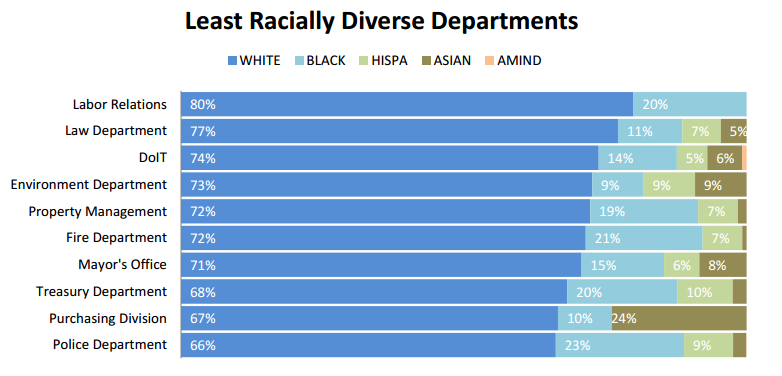available for purchase
at this time.
Link Roundup! – 4/24/15
Link Roundups feature articles and bits of internet goodness that our dramaturgy team digs up. If you find something you want to send our way, drop us a line on Facebook or Twitter!
♦♦♦♦♦
The ARTery has details on a report released last week by the city’s office of Diversity, calling for new strategies to diversify the city’s workforce after uncovering some sobering statistics about how gender and race are represented in Boston:
Overall, the report finds the city’s workforce is predominantly white (58 percent) and does not reflect Boston’s diverse population. Hispanics make up 18 percent of the city’s population, but only 11 percent of the city’s workforce while Asians make up 9 percent of the city’s population, but only 4 percent of the city’s workforce, according to the report. However, blacks make up 23 percent of the city’s population and 26 percent of the city’s workforce, according to the report.
But, when it comes to leadership positions (department heads) all minority groups are very much underrepresented, the report found — 74 percent are white, 18 percent are black, 5 percent are Hispanic and 3 percent are Asian.
♦♦♦♦♦
In his post on the Butts in Seats blog, Joe Patti looks at the Quartz post breaking down the recent Pew Research study stating that kids from different economic backgrounds use social media differently. There are some interesting takeaways for organizations looking to reach young and economically diverse audiences online:
Income and race also often determine whether someone has access to a desktop or tablet computer. In any case, it seems increasingly important to make sure your website design is mobile friendly (h/t Drew McManus) if you want teens to have positive interactions with it as that is increasingly the platform of choice.
♦♦♦♦♦
As we gear up for Gala season, the Non Profit with balls blog has some reminders about a donor-centric fundraising approach:
This week, I attended an annual gala of a nonprofit that I love, and it was obvious that they needed to be more donor-focused. The whole evening became a celebration of the organization, and less than 5% of the time was dedicated to recognizing existing donors and inviting new ones to be involved. Without a clear connection to the role they played, guests became disinterested and kept talking over the speakers. The organization still raised money, thanks to a compelling mission, but if it had focused more on donors—and told better stories—I’m sure it would have raised even more.
♦♦♦♦♦
The Atlantic CityLab looks at how gentrifying cities are using cultural diversity as a selling point, even if cultural equity isn’t always a reality:
it’s important to point out that “cultural diversity” can mean lots of things to lots of people. In a paper for the journal Urban Studies, Miguel de Oliver of at the University of Texas-San Antonio argues that in many gentrifying neighborhoods, “cultural diversity” has become a decorative feature instead of a social ideal—a superficial label used to attract bohemian and upper-middle-class residents rather than a signal of equality for all residents.
“A lot of these neighborhoods are selling cultural diversity,” says de Oliver. Often the term is being marketed as an amenity to the upper-middle class in environments flavored with “minority aesthetics which contrast with suburbia,” he says.


